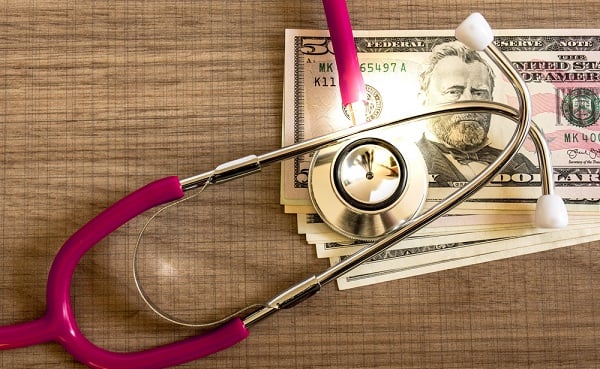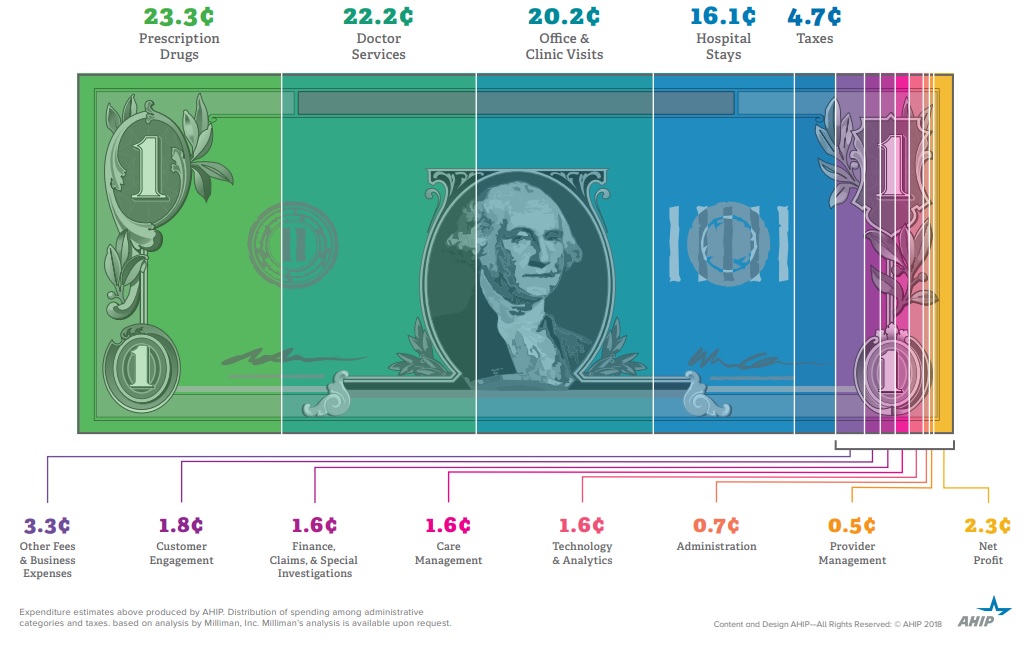 Only recently did prescription drugs become the biggest cost-driver as the growth in the price of medication has outpaced the growth in the cost of other health care services. (Photo: Shutterstock)
Only recently did prescription drugs become the biggest cost-driver as the growth in the price of medication has outpaced the growth in the cost of other health care services. (Photo: Shutterstock)
What are consumers' monthly health care premium paying for? More than anything else, it is covering the rapidly rising cost of prescription drugs, according to a new analysis by America's Health Insurance Plans.
The AHIP study finds that 23.2 cents for every premium dollar goes to prescription medication. The second greatest cost-driver are doctor services (22.2 cents), followed by office visits (20.2 cents), hospital stays (16.1 cents) and taxes (4.7 cents).
Recommended For You
The remaining 13.7 percent of premium revenue funds a variety of administrative expenses –– which AHIP split into a variety of very specific categories (customer management, provider management etc.) –– and profit. Only 2.3 cents of every dollar goes in the insurer's pocket, AHIP claims.

Until recently, prescription drugs likely were not the biggest insurance cost-driver. However, prices have risen dramatically in recent years, with the growth in the price of medication outpacing the growth in the cost of other health care services.
A Congressional report released in March found that over the past five years, prices of the 20 most popular brand name medications for Medicare patients have risen ten times greater than the rate of inflation. Similarly, in 2014, American spending on prescription drugs increased 13.1 percent, a jump that was largely driven by a whopping 30.9 percent increase in spending on specialty drugs.
Amidst outrage at pharmaceutical companies and politicians for the rising prices, President Trump recently announced a series of policies that he argued would "bring prices back down to Earth." In a May 11 speech announcing the plan, he decried the "abuse" by pharma companies, insurers and pharmacy benefit managers that government had "turned a blind eye to" in the past.
And yet, despite the professed dedication to cracking down on price increases, Trump's recent statements have been warmly welcomed by the pharma lobby. He is no longer talking about allowing Medicare to negotiate prices with drug-makers and allowing Americans to buy medications imported from other countries.
"We have not seen anything about that speech which should concern (pharma) investors," Ronny Gal, a securities investments analyst, told the New York Times earlier this month.
© Touchpoint Markets, All Rights Reserved. Request academic re-use from www.copyright.com. All other uses, submit a request to [email protected]. For more inforrmation visit Asset & Logo Licensing.






